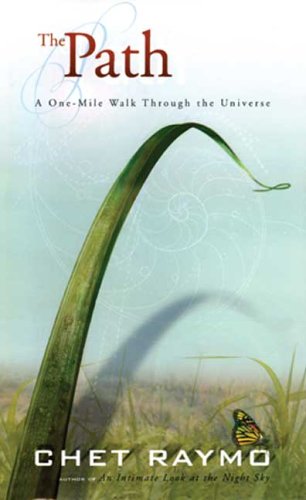Teaching Children Science by Drawing Nature
The British and Irish emphasis on drawing from nature (which has lessened in those places, too) helped develop powers of observation and reinforced curiosity about the natural world. A child who has watched whirligigs and water striders on the surface of a stream will appreciate the importance of clean water. A child who has observed the clouds, their heapings and tumblings, their dark massings and silver linings, will be better prepared to understand the relationship between cloud cover and greenhouse warming. A child who has considered the beauty of a heron rising from the pond and the cunning of the spider's web will be more inclined to appreciate the importance of preserving biodiversity. With luck, nature study will also encourage curiosity about the hidden architecture of nature that only science can reveal—the properties of atoms, for example, that allow oxygen and hydrogen to combine to make water, the basis of life, and in its liquid, solid, and gas phases, the regulator of Earth's climate.
Notes:
American schoolchildren aren't pushed to draw and immerse themselves in nature; therefore, they don't get the appreciation for it and desire for biodiversity.
Folksonomies: nature education naturalism
Taxonomies:
/sports/running and jogging (0.379542)
/pets/birds (0.229968)
/science (0.122726)
Keywords:
Nature American (0.987945 (neutral:0.000000)), Children Science (0.985505 (neutral:0.000000)), Irish emphasis (0.967043 (neutral:0.000000)), greenhouse warming (0.966330 (positive:0.286815)), water striders (0.964614 (positive:0.703700)), natural world (0.962255 (positive:0.656487)), silver linings (0.961556 (negative:-0.353523)), cloud cover (0.946280 (positive:0.286815)), dark massings (0.942858 (negative:-0.353523)), gas phases (0.940433 (neutral:0.000000)), hidden architecture (0.939138 (positive:0.275633)), clean water (0.937866 (positive:0.703700)), nature study (0.928220 (positive:0.275633)), curiosity (0.808722 (positive:0.466060)), biodiversity (0.763013 (positive:0.866284)), importance (0.745762 (positive:0.784992)), whirligigs (0.712407 (positive:0.703700)), schoolchildren (0.707347 (neutral:0.000000)), cunning (0.689875 (positive:0.866284)), desire (0.681084 (neutral:0.000000)), atoms (0.679211 (positive:0.275633)), regulator (0.678751 (negative:-0.213755)), heron (0.676194 (positive:0.866284)), clouds (0.676168 (neutral:0.000000)), observation (0.674430 (positive:0.656487)), luck (0.673978 (positive:0.453085)), appreciation (0.670864 (neutral:0.000000)), powers (0.669500 (positive:0.656487)), oxygen (0.667361 (neutral:0.000000)), pond (0.664160 (positive:0.866284))
Concepts:
Nature (0.952972): dbpedia | freebase | opencyc
Earth (0.614282): dbpedia | freebase
Life (0.558245): dbpedia | freebase
Water (0.543209): dbpedia | freebase | opencyc
Hydrogen (0.542143): dbpedia | freebase | opencyc
Solid (0.542060): dbpedia | freebase | opencyc
Oxygen (0.530938): dbpedia | freebase | opencyc
Universe (0.514187): dbpedia | freebase






